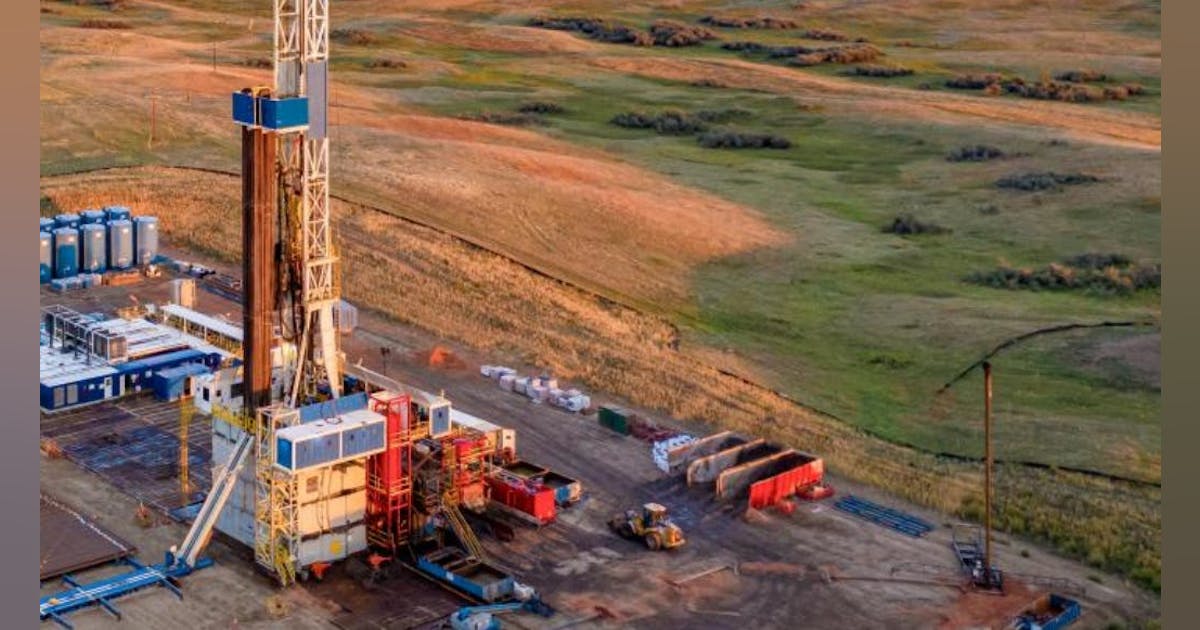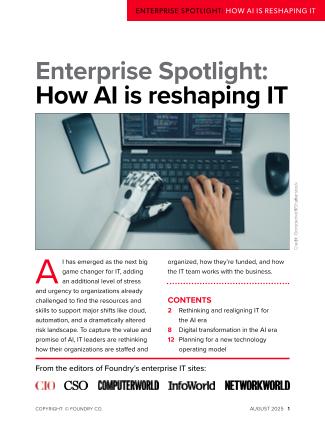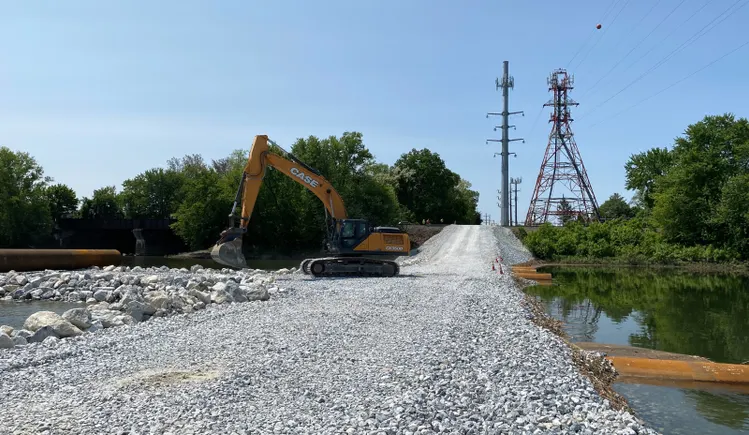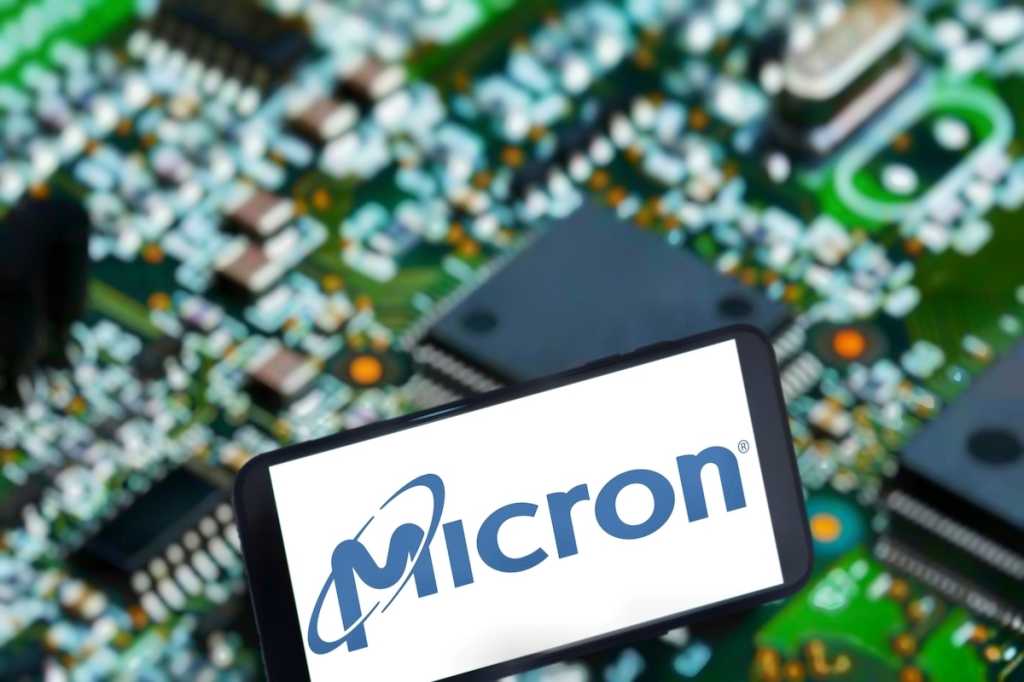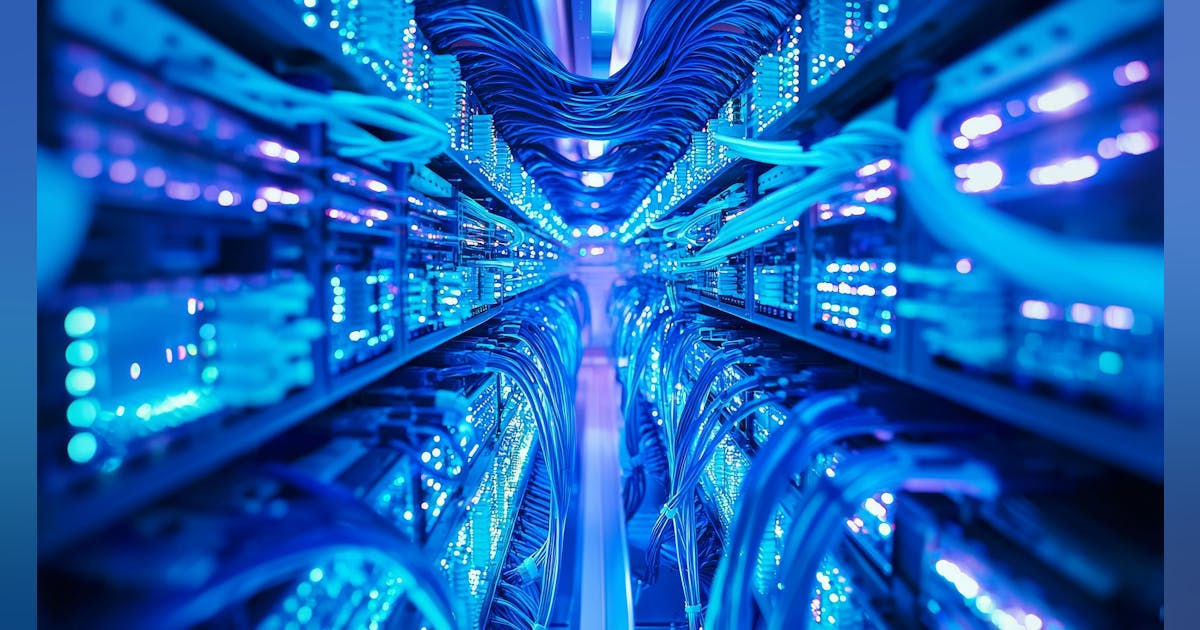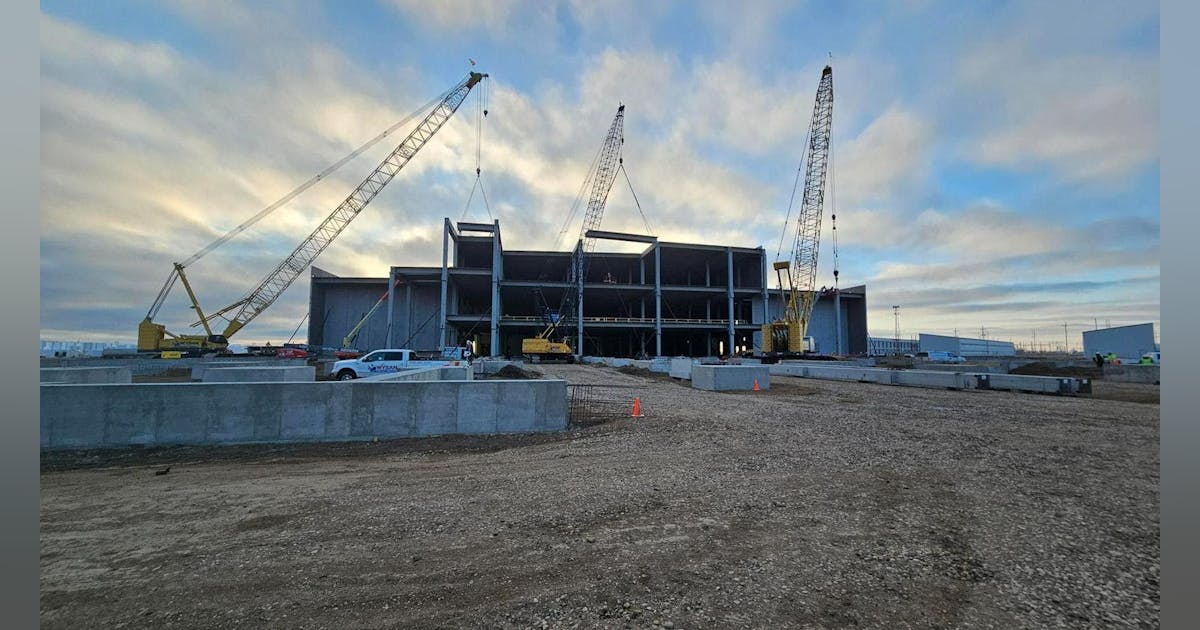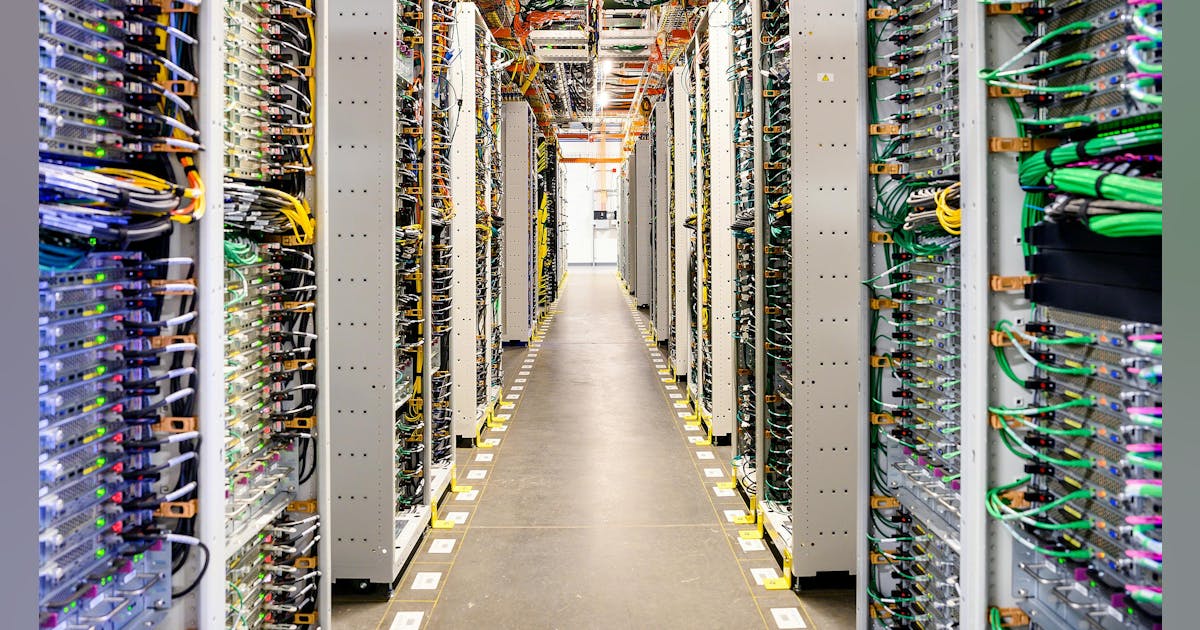
Enbridge Inc. and a partnership of 36 First Nations in British Columbia have inked a deal for the Indigenous groups to acquire a 12.5 percent ownership in a natural gas pipeline with a capacity of 3.6 billion cubic feet a day (Bcfd).
Stonlasec8 Indigenous Alliance Limited Partnership will invest CAD 715 million ($512.75 million) in the Westcoast pipeline, which stretches over 2,900 kilometers (1,801.98 miles) from Fort Nelson in northeast BC and Gordondale near the BC-Alberta border to the Canada-US border. Westcoast, also known as the BC Pipeline, supplies BC and the Lower Mainland, Alberta, as well as the U.S. Pacific Northwest.
“This transaction provides an opportunity to build on our existing relationships with Indigenous communities and help advance reconciliation”, Enbridge executive vice president Cynthia Hansen, who is also president for gas transmission and midstream, said in an online statement.
Previously Enbridge made one divestment and formed three partnerships as part of its Indigenous reconciliation program launched 2022. These consist of the sale of the Plaza/Wabek Pipeline in North Dakota to the MHA Nation, the Wabamun Carbon Hub emission sequestration partnership in Alberta, the Seven Stars Energy clean power partnership in Saskatchewan and the Athabasca Indigenous Investments Partnership, according to a progress report published by the company March 28, 2025.
“Enbridge’s Westcoast pipeline system is a legacy asset that has operated within our traditional territories for over 65 years. Now, our Nations will receive sustained economic benefits from this asset, funding critical investments in housing, infrastructure, environmental stewardship, and cultural preservation”, commented David Jimmie, president and chair of Stonlasec8 and chief of the Squiala First Nation.
“People often ask what economic reconciliation for Indigenous Peoples looks like. This is it”.
Enbridge president and chief executive Greg Ebel said, “This transaction is one of several such partnerships we have undertaken in the last several years and we continue to explore additional opportunities for Indigenous partnerships”.
To enable the transaction the First Nations reached an agreement with Canada Indigenous Loan Guarantee Corp., a subsidiary of the government’s Canada Development Investment Corp., for a CAD 400-million loan guarantee.
“This loan guarantee is a testament to our commitment to fostering Indigenous economic reconciliation and ensuring that Indigenous Peoples have a meaningful stake in Canada’s economic growth”, said Finance Minister François-Philippe Champagne.
The parties expect to complete the transaction by the end of this quarter, subject to the fulfilment of financing and other conditions.
In March Enbridge announced new pipeline investments including CAD 400 million for the BC Pipeline. The BC Pipeline investment is for the Birch Grove project under the pipeline’s T-North section. Expected to raise the BC Pipeline’s capacity by 179 million cubic feet per day to about 3.7 Bcfd by 2028, Birch Grove will provide additional egress for gas producers in northeastern BC to access markets for their growing production, driven by the Montney formation, Enbridge said at the time.
To contact the author, email [email protected]
What do you think? We’d love to hear from you, join the conversation on the
Rigzone Energy Network.
The Rigzone Energy Network is a new social experience created for you and all energy professionals to Speak Up about our industry, share knowledge, connect with peers and industry insiders and engage in a professional community that will empower your career in energy.
MORE FROM THIS AUTHOR


